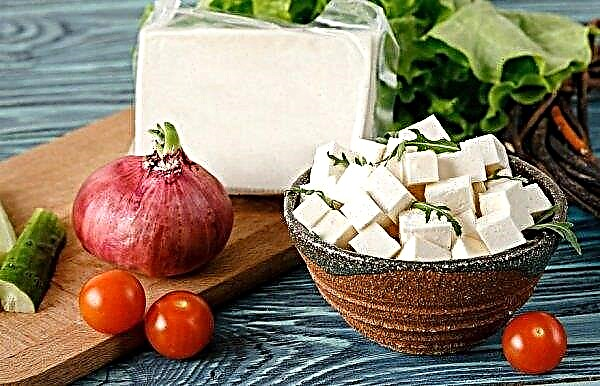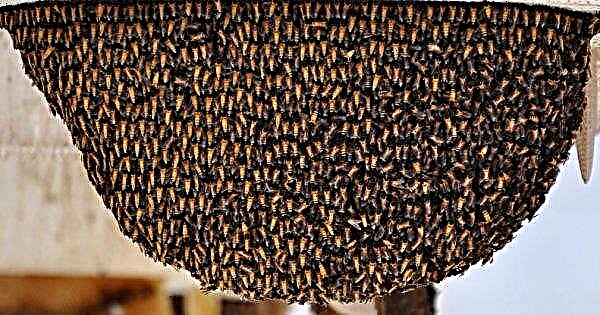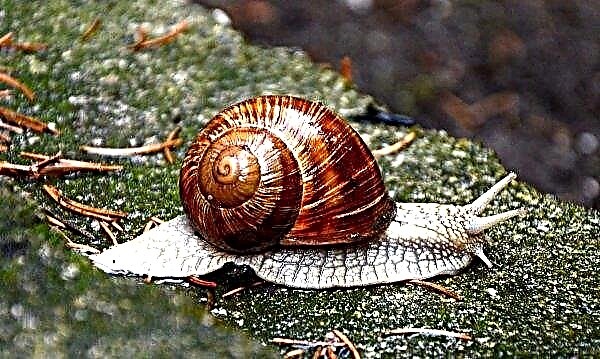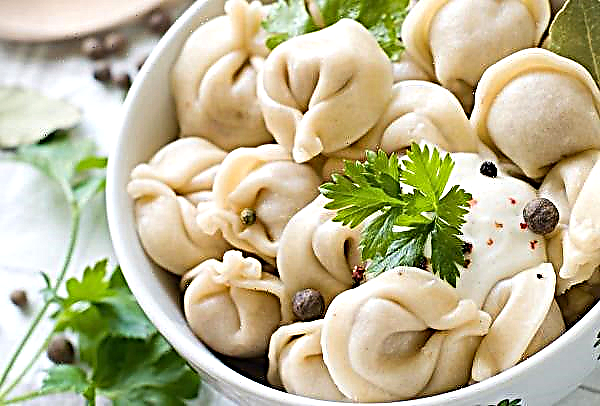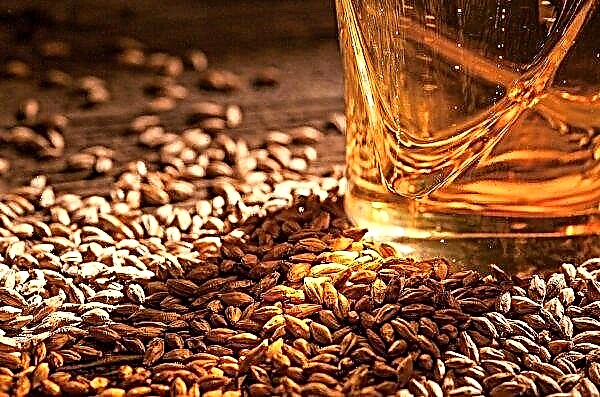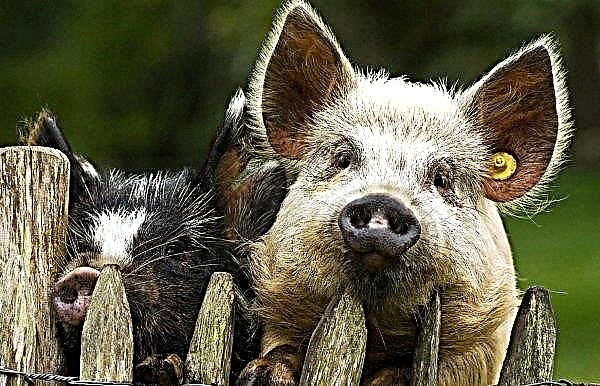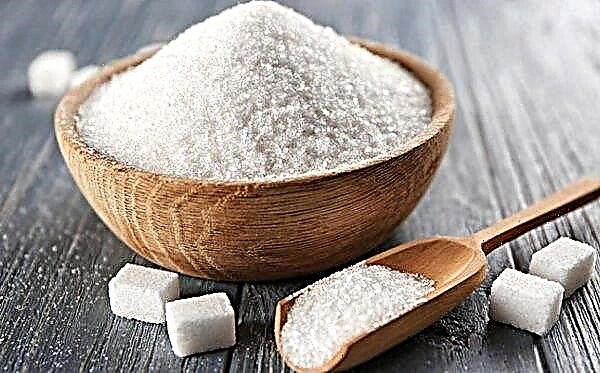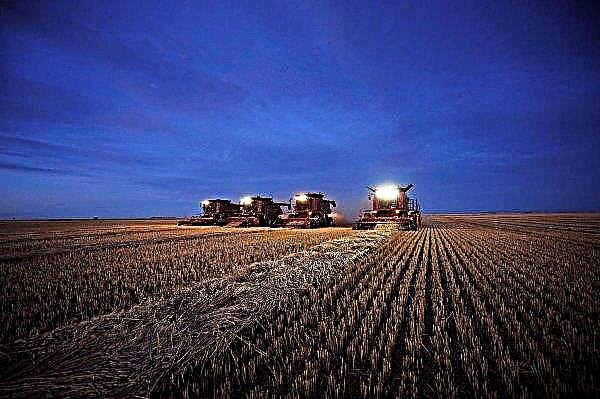Lydia winter wheat is wide to territorial zones with high frost resistance and drought tolerance. It also has resistance to a number of major cereal diseases. Can be used to make new varieties.
History of creation
Obtained by pollination of variety 942/98 with pollen of another variety - Ermak. The method used is intervarietal hybridization. Plants formed in this way are more resistant to diseases and even under adverse climatic conditions show a high yield. Developed by the GNU All-Russian Research Institute of Grain Crops of the Russian Agricultural Academy. It is entered in the State registry in 2014.
Description of the variety Lydia and its main characteristics
Lydia is a variety of winter soft wheat with red grain and an unhandled white spike (erythrospermum).
Did you know? Wheat was domesticated about 10 thousand years ago in the Middle East.
The main characteristics of the variety:
- family: Bluegrass;
- plant type: annual cereal grasses with medium early maturity;
- bush: erect or semi-erect;
- root system: fibrous with a shallow bedding;
- stem: rounded cross section, hollow, with 5-6 internodes, with white chaff, medium awniness and density, up to 98 cm high;
- wax coating in the upper internodes is weak, and on the ear - very weak;
- awn: medium elongation;
- pubescence: weak;
- leaves: long, lanceolate;
- inflorescence: spike;
- fruit: caryopsis;
- feature: high resistance to lodging;
- application: for the manufacture of flour and bakery products.
Productivity
The indicator depends on the climatic conditions in which the crop grows. During the introduction, the maximum yield was 10.84 t / ha. Such data were obtained in 2017 as part of a competitive test. The average yield, according to the State Register - 7.99 t / ha.
Important! The peculiarity of wild wheat is that its grains crumble immediately after ripening. Therefore, the selection of this plant all the time was aimed at reducing the percentage loss of grains.
Grain quality
The chemical composition of the grain depends on the physicochemical characteristics of the soil, climate, subsequent storage conditions, and a number of other factors.
But, on average, for soft varieties it should have the following characteristics (in%):
- proteins: 12;
- fats: 1.7;
- carbohydrates: 68.7;
- fiber: 2.0;
- water: 14.0;
- ash: 1.6.
 When assessing the quality of any batch, the color, appearance, smell and taste of the grains, as well as the degree of damage to the raw materials by pests and frost holes, are taken into account. The consumer value of the variety (mass) is 45-50 g / 1000 grains.
When assessing the quality of any batch, the color, appearance, smell and taste of the grains, as well as the degree of damage to the raw materials by pests and frost holes, are taken into account. The consumer value of the variety (mass) is 45-50 g / 1000 grains.
Sustainability
The manufacturer claims resistance to the following diseases:
- powdery mildew - medium;
- brown rust - high;
- dust smut - high.
Did you know? The Slavs considered wheat a symbol of life and wealth. Wheat grain is a necessary component of most popular plots for fertility, wealth and happiness.
Sowing and ripening dates
Recommended for cultivation in the Lower Volga and North Caucasus regions. The optimal planting dates for winter wheat are September 15–20. In this interval, sowing is possible in any climate and for all varieties. But on depleted soils, it is recommended to sow it a little earlier, to give the opportunity to take root and enter into force. On fertile soils, sowing can be carried out later.
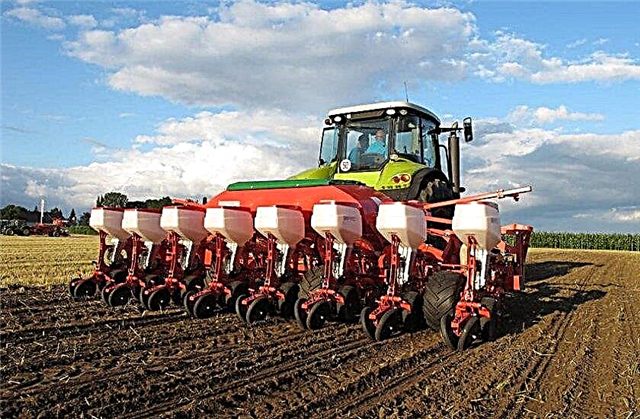
Seeding rates
For all varieties, the seeding rate is 400-500 pcs / m². For Lydia, the manufacturer indicates 4.5-5 million units. on 1 ha. If the landing dates are missed, then the rate is increased by 15%. Sowing is carried out between rows. Depth - no more than 5 cm. With a delay in time, they are sown to a depth of 1.5 cm. After planting, the seeds are rolled using special equipment.
Wheat is an important strategic raw material for the food industry. It is used in the preparation of bread, as well as pasta, cereals, snacks, drinks and other products.

